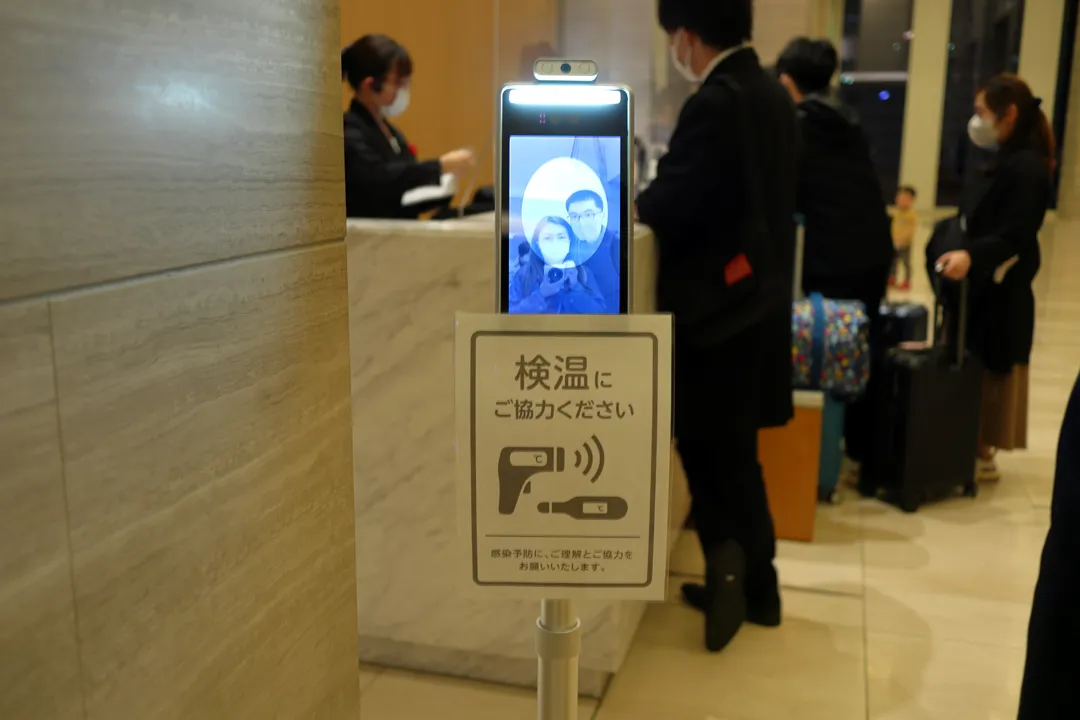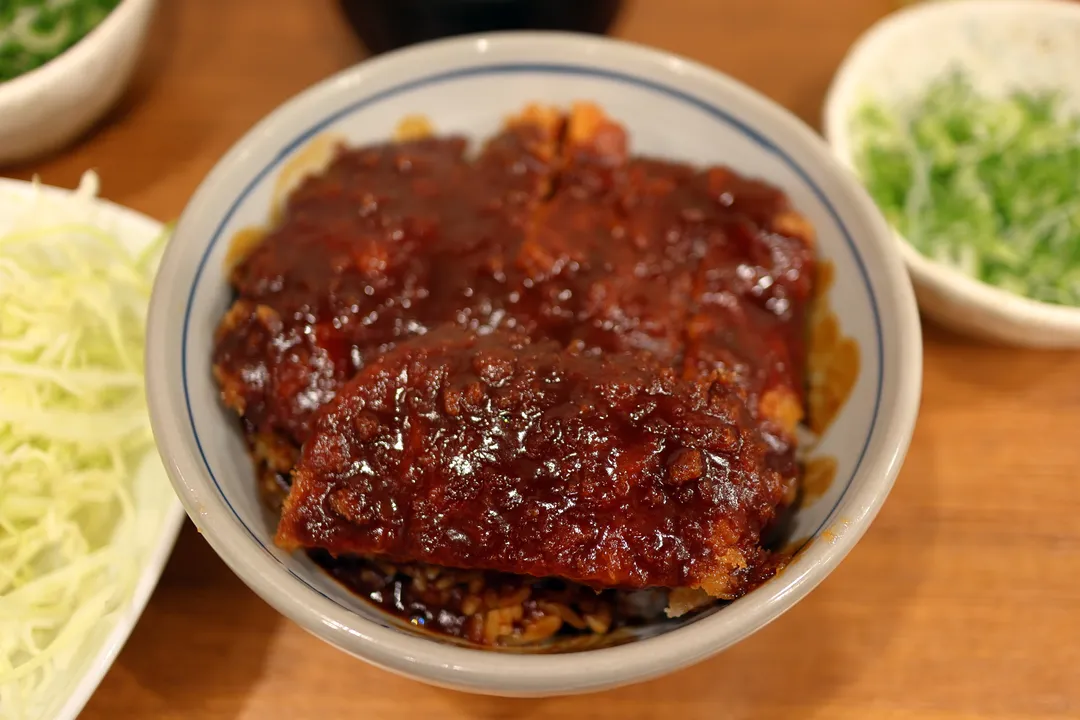Every half hour from before sunrise until late at night, the Marine Liner rapid train connects Okayama and Takamatsu, two prefectural capitals on opposite sides of the Seto Inland Sea. It provides the densely populated northern part of Shikoku with a convenient connection to the high-speed Shinkansen, which does not directly serve the island.
Like some commuter trains in the Tokyo area, the Marine Liner contains a bilevel car with more comfortable seats, but what sets this train apart from its longer Tokyo cousins is the special section (row 1) located directly behind the driver’s cab. Passengers seated there can see directly out the front window through a glass partition, although when departing from Takamatsu, it is at the rear end of the train.

We nonetheless booked seats 1C and 1D and manually turned them around to have a view behind the train. The highlight of the ride is crossing the Great Seto Bridge, the only railway link between Honshu and Shikoku. Trains run on the lower deck of the 9.3 km long bridge system, a great feat of engineering which took ten years to construct at a cost of 113 billion yen and opened to traffic in 1988, revolutionizing transport in the region. Even though the structure of the bridge partially obstructs the view from the train, the experience is still one of the most unique in Japan.

The bridge makes use of five natural islands as intermediate points, three of which are inhabited and have their own expressway exits. Two of the exits are for residents only, but the one at Yoshima uniquely has a service area for visitors. The railway has no stations across the entire length of the bridge, though.

After the last section of the bridge, the scenery consists mostly of unremarkable suburbs until reaching Okayama Station, the terminus of the Marine Liner and a major interchange station from where all other trains to Shikoku also depart. We would have liked to spend an afternoon exploring Okayama but we were forced to cut it from our itinerary due to insufficient time, so we will have to go back during a future trip.

Thus, we just bought some snacks and then went to the eastbound Shinkansen platform to ride the 500 series Shinkansen, one of the most iconic and recognizable Japanese trains. It entered service in 1997 and was the first production train in Japan to operate at a maximum speed of 300 km/h.

However, due to high manufacturing costs, only nine units of the 500 series were built. Instead, the cheaper 700 series and its descendant, the N700 series, became the mainstay of the Tōkaidō-Sanyō Shinkansen line. Since 2010, the 500 series has been relegated to services between Osaka and Fukuoka, and can no longer be seen in the Tokyo area.

On paper, the whole train is standard class, but car 6 was formerly a Green Car (business class) and retains the 2+2 seat layout, which is noticeably more comfortable than the normal 2+3, so we chose seats there. We were clearly not the only people who knew about this, as the cabin was almost entirely full.

At the final stop, Shin-Osaka, we changed trains again for the last ride of the day. Finally, after one more hour, we arrived at Nagoya Station, the largest train station in Japan in terms of floor area. Although it was already past sunset, it was still the middle of rush hour and the vast main hall was flooded with people.

We made our way through the crowds to the Nagoya JR Gate Tower Hotel, which is part of the station building and thus the most convenient hotel available. Before checking in, we had to undergo a temperature check, a reminder that the pandemic was not completely over.

Our room had a good view of the Tōkaidō Shinkansen but it was too dark outside and we were hungry, so we just rested for a while and researched what to eat. We decided to have miso katsu, a representative dish of Nagoya, at the well-known Misokatsu Yabaton, the nearest branch of which could be found in a nondescript underground passageway outside the station’s west entrance.

Nearly all other businesses there were already closed for the day, but many people were still queuing outside Misokatsu Yabaton, evidence of its enduring popularity. While we waited for a table, we examined the menu items displayed outside.

However, we both ended up ordering the regular miso katsu set. Tonkatsu in itself is already quite salty and the addition of miso sauce intensified it even more. Fortunately, a generous amount of shredded cabbage was served on the side to balance that.

After dinner, we returned to the hotel immediately to get as much sleep as we could and prepare for another early start the next day.
